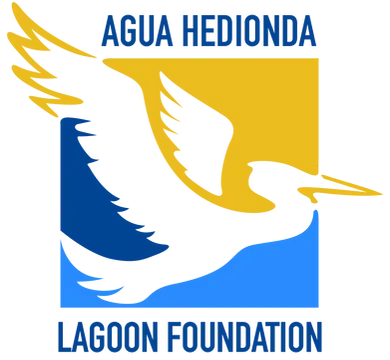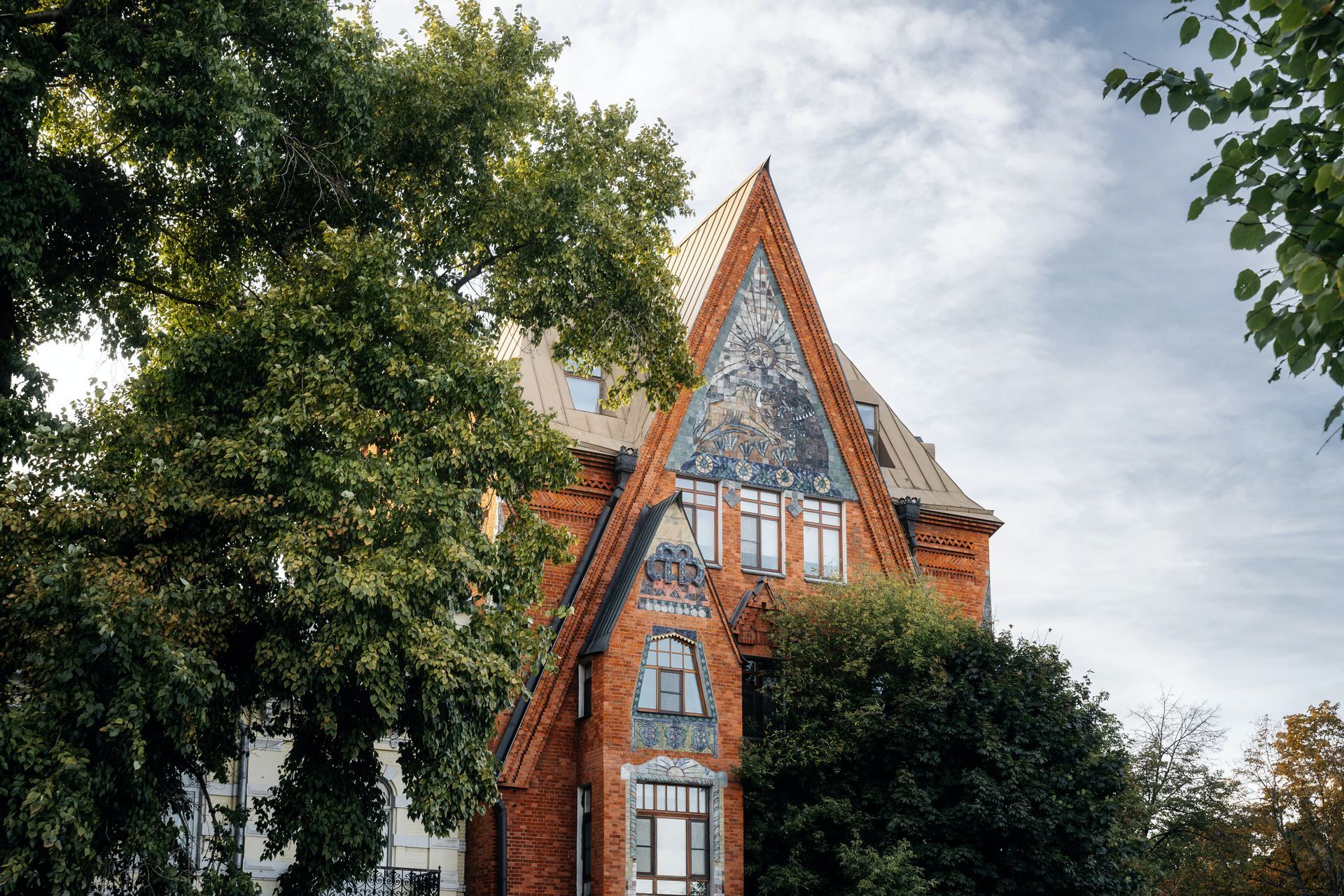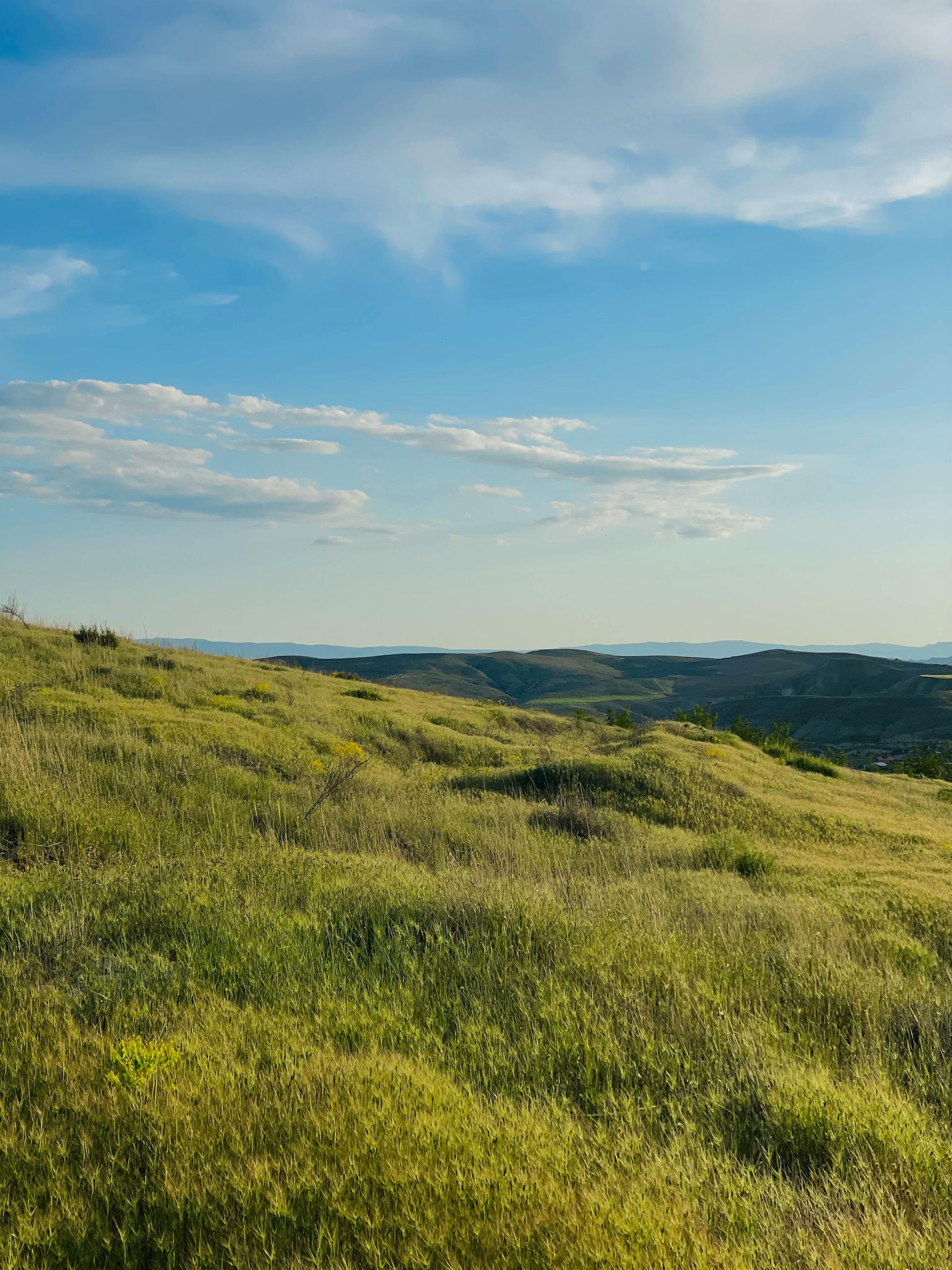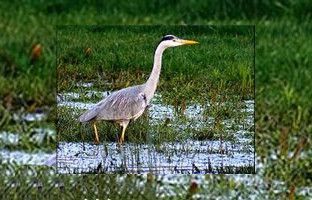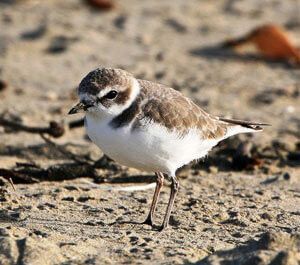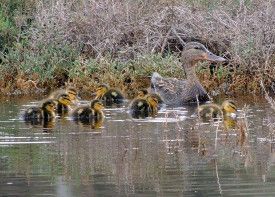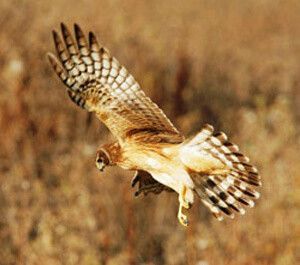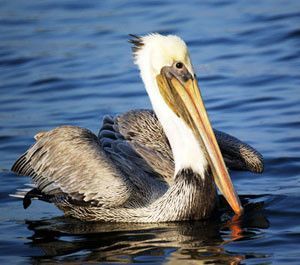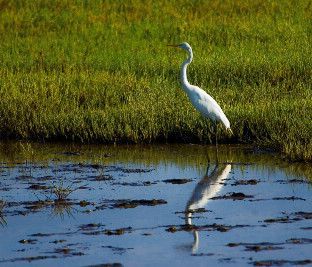the watershed
It's More Than a Lagoon, It's an Ecosystem
The Watershed
Three Lagoons in One
The Lagoon extends 1.7 miles inland and is up to .5 miles wide. Three major roadbeds cross the Lagoon: Highway 101 along the coastline, the railroad and Interstate 5. These thoroughfares divide the Lagoon into 3 sections moving from the coast inland – the outer, middle and inner Lagoon. All three sections are 8-10 feet deep at their deepest part of the high tide.
The 400-acre Agua Hedionda Lagoon is one of the threatened coastal wetlands on the Southern California coastline. Draining 135,000 acres in the heart of the burgeoning metropolitan area of San Diego's north county, the Lagoon watershed is a sensitive and vital ecosystem. It is home to juvenile fish, crabs, hundreds of species of marine life and waterfowl, including an array of threatened and endangered species. It also provides a much needed respite for migrating birds. The Lagoon is unique in that it has many current uses such as a YMCA day camp, recreational boating, a mussel and abalone aquaculture facility, a white-sea bass breeding and research center and a power generating facility. The Lagoon's various usages, and the many activities and ecosystems it supports, makes it a distinctive and precious natural resource unlike any other.
An Ever-Changing Boundary
At Agua Hedionda, freshwater creeks drain into a low-lying area meeting the sea. The ocean pushes its tides and sands against the land as the creek drains its fresh water and sediment into the sea. This mix of fresh and salt water forms a brackish environment. The salinity varies with the seasonal influence of rain and storms. We now recognize the important role tides provide in flood control, water filtration, wildlife habitat and for the unique plant communities they support.
Tides in the Lagoon ebb and flow, alternatively, twice a day. The rates of flow vary twice a month due to gravitational forces of the Sun and Moon on the Earth. When the Earth, Sun and Moon are aligned, the Moon is in its full and new phases. At this time, strong gravitational forces cause very high and very low tides. These are called spring tides (the action of the seas springing out and then springing back).
When the sun and moon are perpendicular with respect to the earth, the moon is in its quarter phases. The weaker gravitational force results in a smaller difference between high and low tides. These are called neap tides. The essential elements to support life are in abundance: nutrient-rich mud, sunlight, and a dependable supply of oxygen- rich water from the ocean.
A Diverse System for Life
Home to many varieties of plants and animals, the Lagoon is a diverse neighborhood – look who lives and visits here:
- 70 species of fish
- 20 species of amphibians and reptiles
- 25 species of mammals
- 192 species of birds
- 175 species of invertebrates
- 100 species of plants
And did we mention the many homo sapiens that enjoy the Lagoon's many pleasures and benefits?
Marine Life
Twice daily, the tide rises to flood the Lagoon and then ebbs, leaving much of the mudflats exposed. This constant tidal action creates a nutrient-rich environment which supports a wide variety of organisms - clams, crabs and worms live in the mud and are a food source for birds and fish.
70 species of fish live in this Lagoon. You can find flounder, white seabass, and stingrays. Look for mullet jumping several feet into the air and moving into shallow water to spawn.
birds tell us a lot
Birds provide us a glimpse of the diversity of life that depends on the Lagoon. Birds are indicators of the ecological health of the area. Whether they are soaring overhead, cruising by in formation, or scurrying into the underbrush, each species occupies a unique niche in the ecosystem.
The surrounding habitats support many birds which are endangered or threatened with extinction. Other species which are not endangered, but which are experiencing a serious decline in population, also live here.
Who's flying by? Look for California Brown Pelican gliding over the Lagoon, California towhees feeding in the understory, the red-tailed hawk hunting from high above, and Anna's hummingbirds defending their territory. Urbanized birds comfortable in a urban setting are also abundant: American crows, house finches, house sparrows, northern mockingbirds, mourning doves, rock doves (pigeons) and European starlings.
stewardship
Caulerpa taxifolia
Our location on the eastern edge of the large expanse of wetlands bordering surrounding our lagoon ideally qualifies the Agua Hedionda Lagoon Foundation to carry out its mission of stewardship of the area, both marshlands and water.
One of our most memorable challenges in recent years was the eradication of the dangerously invasive seaweed that took root in our lagoon and in Huntington Harbor some 65 miles to the north of us.
Caulerpa taxifolia was discovered in Agua Hedionda Lagoon in June 2000. It has been nicknamed "killer algae" because of its devastating effect on marine ecology. It is extremely fast growing and if allowed to become permanently established can destroy and replace coastal marine life such as kelp forests which are home to a wide variety of fish, marine mammals and seabirds. Large areas of the Mediterranean Sea and several sites along the eastern Australian coastline already have been tragically and irreversibly affected.
In an emergency response to this major threat to the health of our lagoon, the Southern California Caulerpa Action Team (SCCAT) was formed to respond quickly to the invasion. Large grants of funds came down from all levels of government and many private organizations. We were proud to have the grant monies administered through AHLF. Many hours were dedicated to this effort.
Diving teams were hired to spread heavy tarps over the expanse of green fronds. These were weighted at the edges and chlorine gas was injected to kill the seaweed. This activity continued for months, while divers checked and re-checked for the unwelcome invader. Caulerpa taxifolia was declared eradicated from Agua Hedionda Lagoon and Huntington Harbor on July 12, 2006.
BEWARE: Because this noxious plant is quite attractive to the eye with its bright green color and gracefully undulating fronds, it seems a natural and desirable addition to home aquariums. But take care! Given its ability to grow so rapidly (more than an inch a day), even the smallest shred of the plant can explode into an ecological menace. It is believed that the original infestation got its start from someone emptying the contents of their aquarium into the lagoon or a storm drain without realizing the consequences of this action.
Laws have been passed at the Federal, State and City level banning possession, sale or transport of Caulerpa taxifolia throughout California. But, just in case, you should learn to recognize this seaweed at home or in or around your boat. If you find it – even a shred – remove it, bag it, and report it to California Department of Fish and Game.
ALGERIAN SEA LAVENDER
In our continuing effort to remove Algerian Sea Lavender (Limmonium Rasmosisimum or ASL) from our local salt marshes, AHLF, in conjunction with the US Fish & Wildlife Service (USFWS), the California Department of Fish and Wildlife (CDFW), and the Carlsbad Strawberry Fields have finalized plans for a broad-spectrum treatment study. This scientific study addresses the effectiveness of solarization, when compared to traditional treatment methods. As we've talked about in previous articles, solarization involves tarping affected areas with heat-trapping plastics, to remove invasive species and their seed banks. The increased soil temperatures and lack of sunlight have been shown to effectively remove ASL, while leaving native vegetation intact.
Retaining the diversity of our salt marshes is important to sensitive marine and bird species. Bird species, like the Belding's Savannah Sparrow (Passerculus sandwichensis beldingi), depend on dense salt-marsh foliage to protect their nests. ASL out competes native vegetation and doesn't provide a suitable structure for nests. The same native foliage also retains narrow, brackish-water channels. These channels are a critical sanctuary for juvenile fish species, including the threatened Tidewater Goby (Eucyclogobius newberryi). Narrow channels keep aggressive, mature fish from entering which provides safe feeding grounds for juveniles.
Treatment started in early December 2017 and involved 5 separate test plots. Each plot contains a control section, a solarization section, and a section treated with traditional methods. These 5 sections will be constantly monitored by AHLF and CDFW staff to check for native species stability, effects on ASL, and tarp integrity. Over the next year 2100 square feet of native vegetation will be reclaimed and our collected data will become available to other Salt Marsh restoration projects around the state. The Discovery Campus has a great view of the restoration effort, so we invite all our readers to stop by and take a look.
